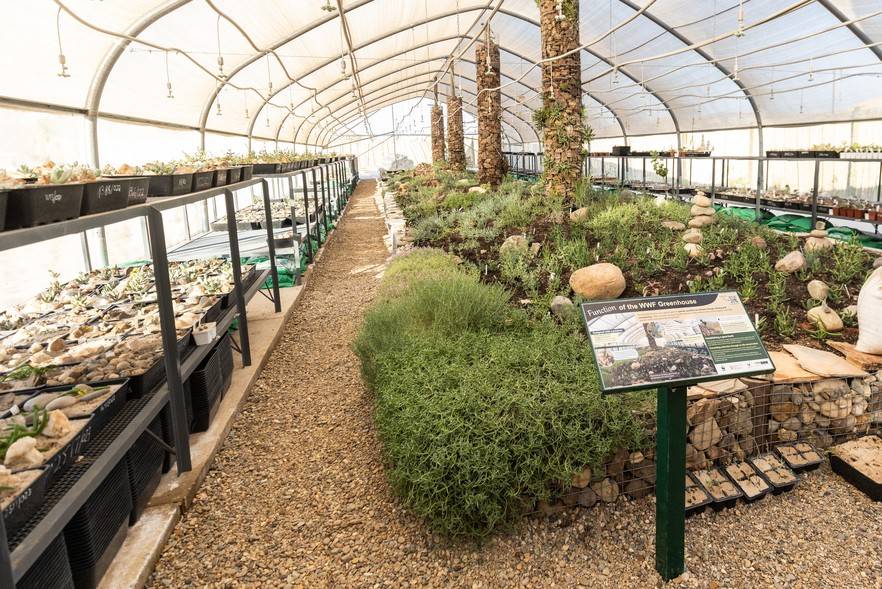
The Richtersveld Desert Botanical Backyard, a primary of its variety in South Africa, opened its doorways in August. It goals to be a dwelling financial institution of the endangered and threatened plant species within the area. (All photographs by Ashraf Hendricks)
The brand new botanical backyard in Sendelingsdrif is a dwelling financial institution of South Africa’s wealthy succulents indigenous to the Richtersveld.
Many succulents are endangered — on the verge of extinction — due to poaching, mining, local weather change, and overgrazing. This backyard is a beacon of hope amid the fast decline of those vegetation.
The Richtersveld Desert Botanical Backyard, which opened in August this yr, is the nation’s first botanical backyard within the desert biome.
Situated within the Ai-Ais Richtersveld Transfrontier Park alongside the border between South Africa and Namibia, the backyard is a partnership between the South African Nationwide Parks (SANParks) and the South African Nationwide Biodiversity Institute (SANBI).
The backyard has been within the works for a number of years. In 2014 Sendelingsdrif, a small border city, virtually grew to become a ghost city when some close by mines closed down. SANParks workers aimed to provide the city a facelift, stated Pieter van Wyk, nursery and botanical curator on the botanical backyard.
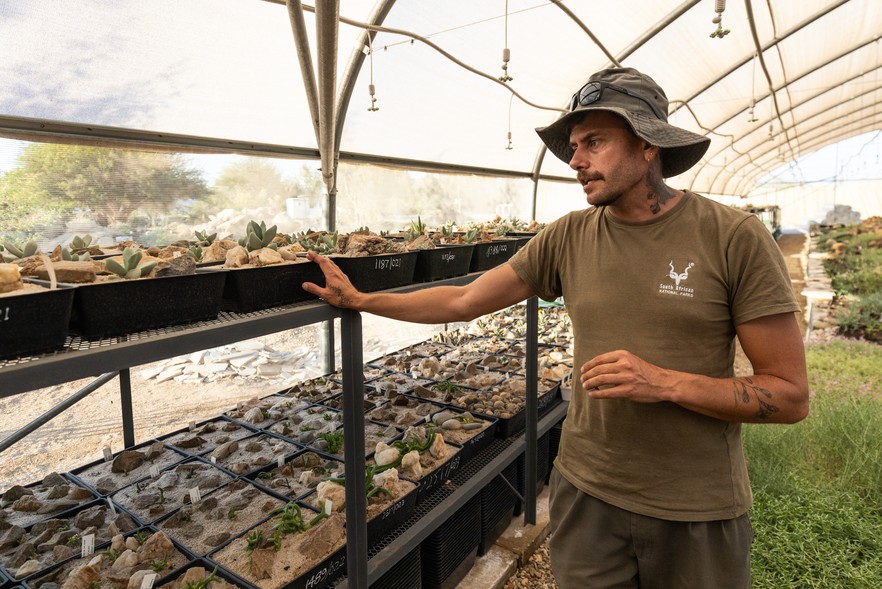
Van Wyk, a self-taught botanist, was assessing plant populations within the area when he realised that many species have been going extinct.
“I shortly realised we’re sitting with a significant issue within the Richtersveld — and that was earlier than poaching. When poaching got here, it simply escalated,” stated Van Wyk. In 2021, there have been over 400 species that had the potential of going extinct with out intervention, he stated.
Van Wyk stated the goal of the backyard is to create a dwelling financial institution of those plant species at present underneath risk. “We have already got so many species which are alive due to this facility, which in any other case would’ve been gone,” he stated.
The botanical backyard features a conophytum home, which hosts a whole lot of the tiny succulents, and lots of that are red-listed due to demand on the black market.
“Poaching has change into so excessive. If these species go extinct within the wild, no less than we now have a backup plan to reintroduce them,” stated Van Wyk.
Regardless of being a desert area, the backyard is wealthy in distinctive flora with hundreds of endemic species discovered on this biome. Among the vegetation are single habitat species. Some have seemingly been worn out within the wild in latest instances due to human exercise.
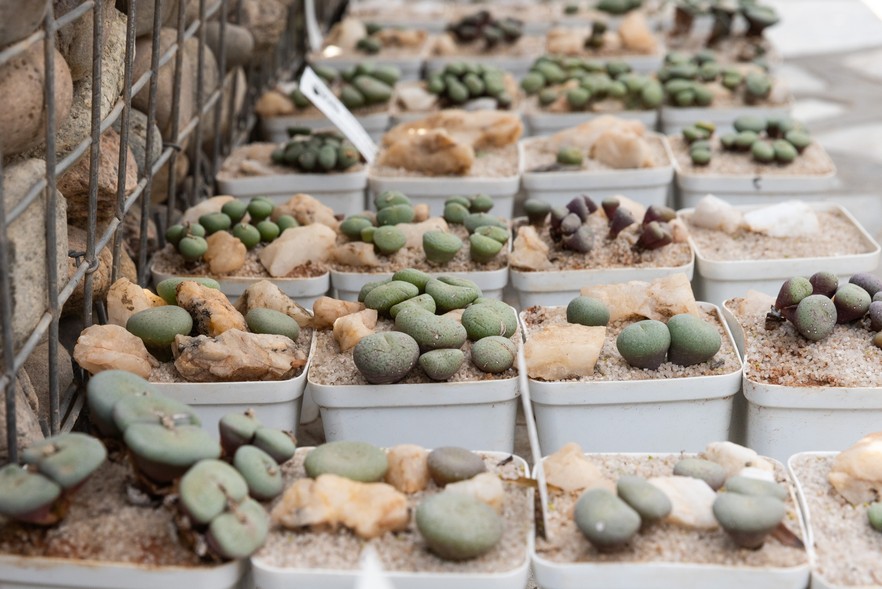
The backyard is open to the general public and consists of services that maintain vegetation saved from poaching, vegetation saved from mining websites, and a nursery that sells indigenous vegetation. There may be additionally a Nama kraal, an training centre for the area people.
Van Wyk stated that when the poaching disaster struck in 2019, they have been shortly flooded with poached materials.
From 2019 so far, SANBI has obtained over 1,000,000 vegetation confiscated by regulation enforcement. However this quantity solely represents a couple of quarter of vegetation taken from the wild which are intercepted by regulation enforcement, stated SANBI spokesperson Nontsikelelo Mpulo.
These vegetation stay with the police till authorized proceedings are concluded, “after which they are going to be transferred to state possession by companies like CapeNature or the Northern Cape Division of Agriculture, Environmental Affairs, Rural Growth, and Land Reform (DAERL),” stated Mpulo.
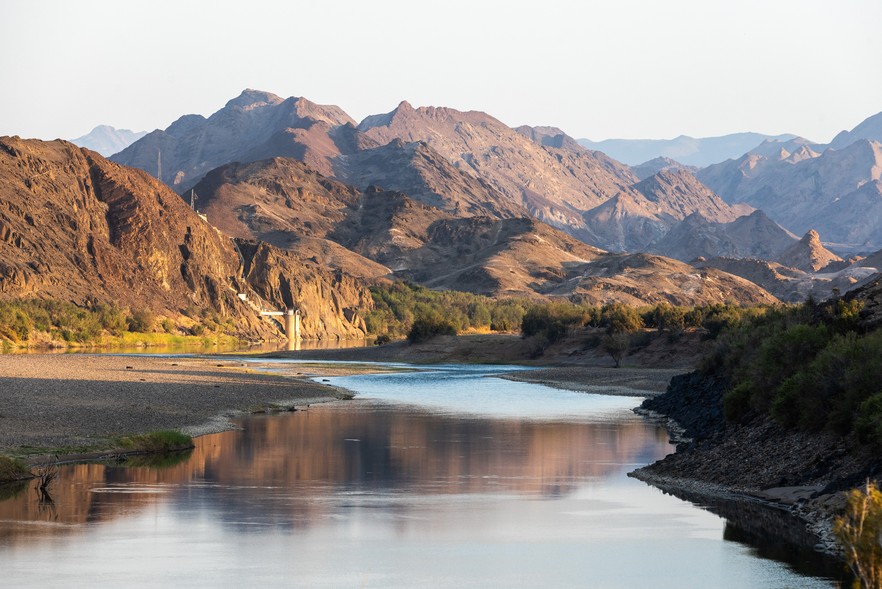
The poaching disaster has since improved, which SANBI attributes to collaborative efforts between provinces, and “harsher sentencing” particularly within the Northern Cape. Final yr about 200,000 vegetation have been confiscated, and to this point this yr solely about 30,000 vegetation have been confiscated.
Mpulo added that SANBI’s focus is on “creating a conservation assortment and guaranteeing that botanical gardens throughout South Africa and globally can home these distinctive specimens, preserving them for future generations”.
Ultimately, the hope is to reintroduce a few of these vegetation into their pure habitat within the Richtersveld. “Among the species are key species within the ecosystem,” stated Van Wyk.
However there are some locations the place it may not really be attainable as a result of habitats have been destroyed, reminiscent of at mining websites. “We have to shield this … It’s a part of our pure heritage,” he stated.
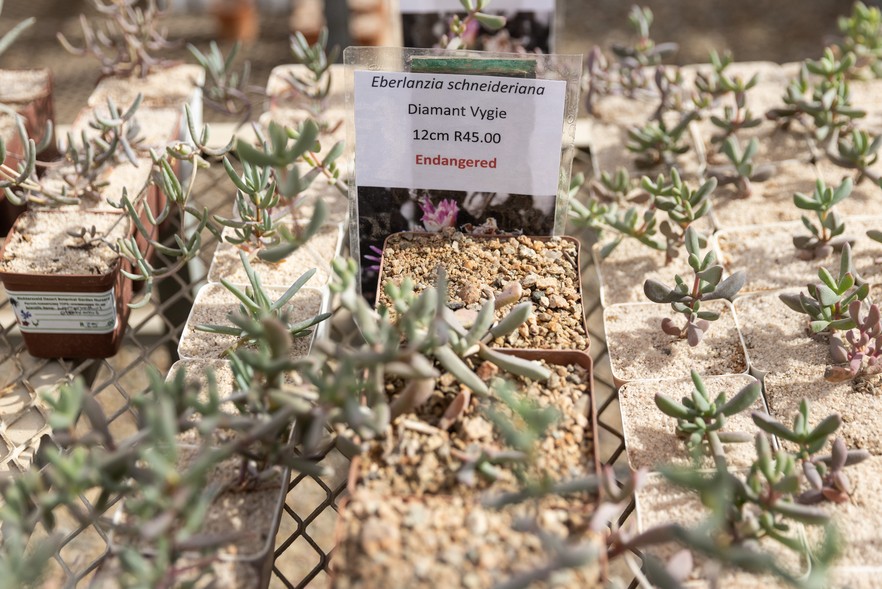
This text was first printed by GroundUp.